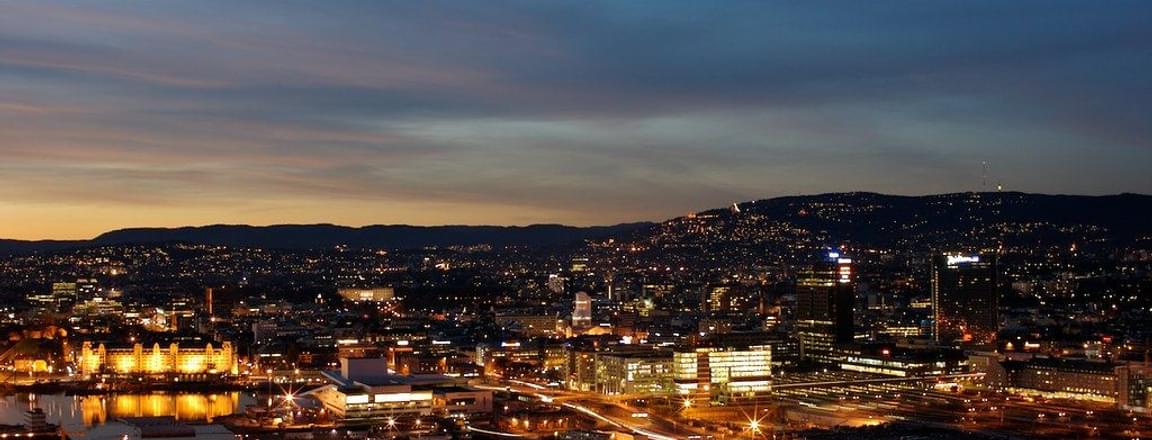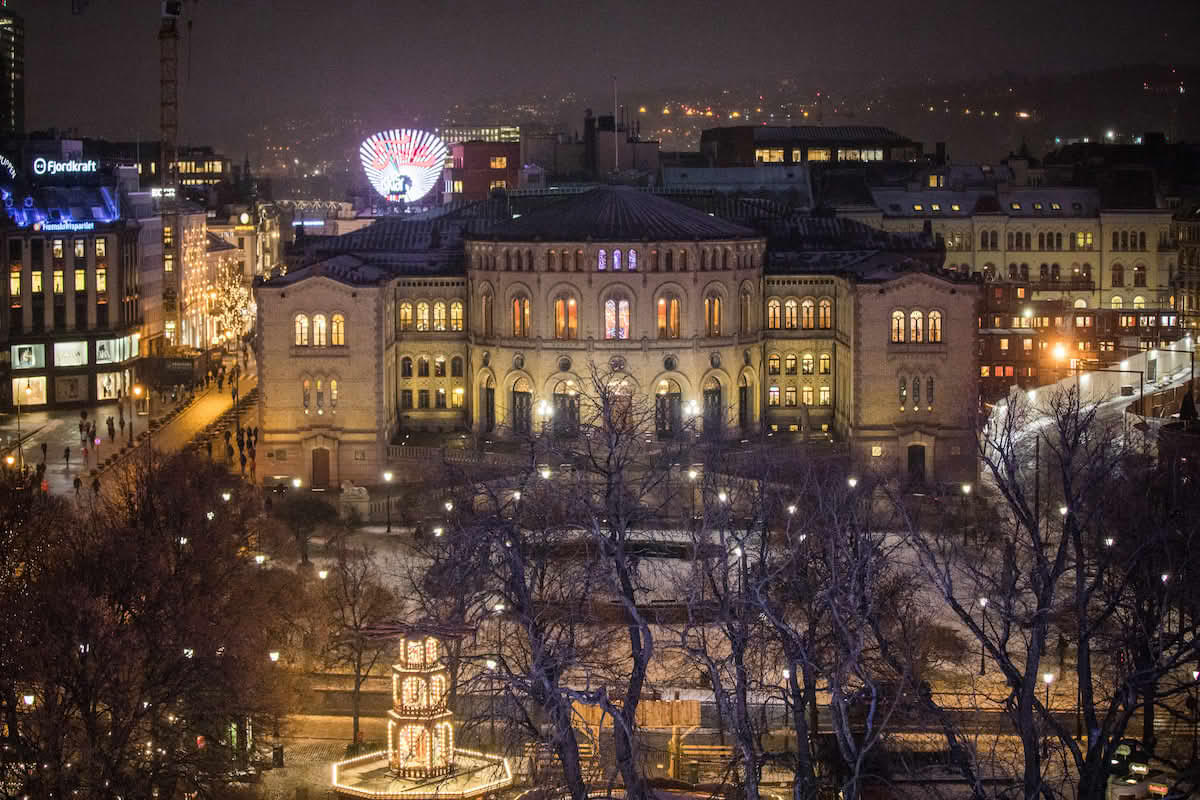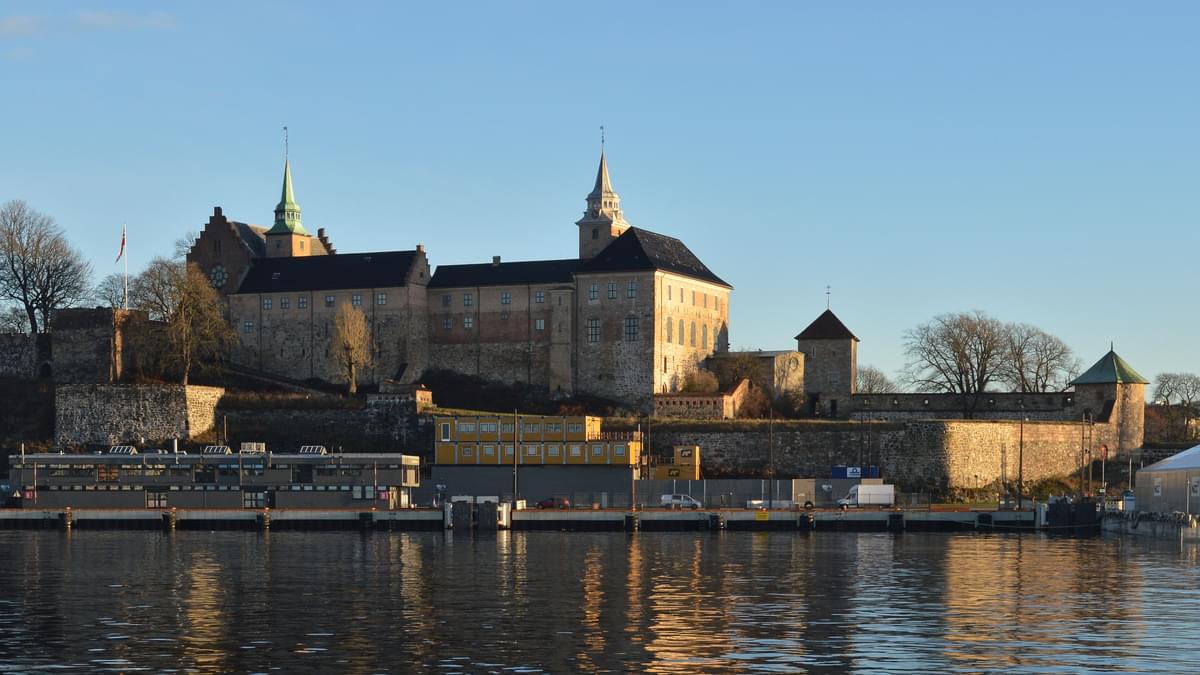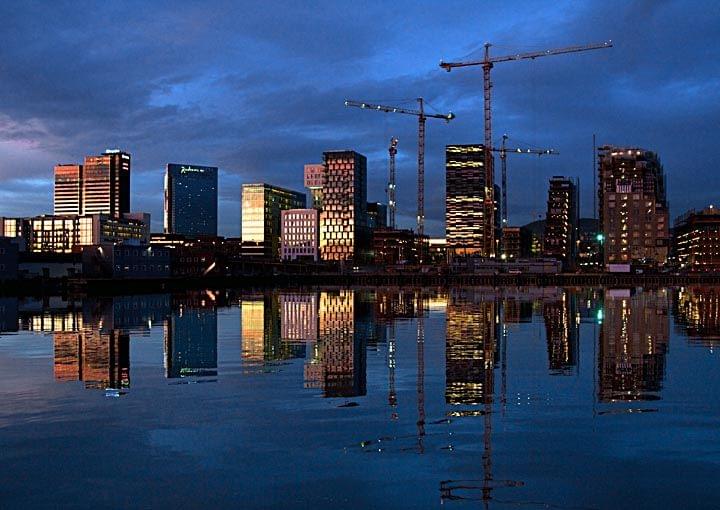
Best Time to Visit Oslo: Seasonal Guide, Weather, Costs & Travel Tips

Oslo is the capital city of Norway and one of the must-visit destinations in Europe. This Nordic destination sits along the stunning Oslofjord and is surrounded by forested hills. The city transforms dramatically across four seasons, with each season offering unique travel experiences. Whether you wish to enjoy the long summer days by the Oslofjord or explore the winter markets in a snow-covered landscape, the best time to visit Oslo depends on your priorities and budget. This comprehensive Oslo travel guide covers Oslo weather by month and breaks down everything you need to know to plan your Oslo trip from India.
Key Takeaways
- Best overall time: June to August offers warm weather (18-22°C), long daylight hours, and peak festival season, ideal for outdoor exploration and fjord activities.
- Budget-friendly travel: Visit in May or September-October to save 30-40% on accommodation while still enjoying pleasant weather and fewer crowds.
- Winter wonderland: December to February brings snow, Christmas markets, and skiing opportunities, with hotel deals outside the holiday peak weeks.
- Trip budget: Expect to spend Rs. 1,20,000-1,80,000 per person for a week-long trip from India, including flights, accommodation, and daily expenses.
- Visa planning: Apply for your Schengen visa 2-3 months before travel, as processing takes 15-20 working days for Indian passport holders.
Oslo Weather by Season: When Is the Best Time to Visit Oslo?

Oslo experiences four distinct seasons with significant variations in temperature and daylight.
Oslo in Summer (June–August): Long Days, Festivals & Outdoor Adventures
The season is the best time to visit Oslo for travellers who wish to enjoy longer daylight hours with moderate rainfall. Summer days in Oslo are characterised by temperatures ranging between 18-22°C, which set the perfect stage for sightseeing and enjoying the various adventure activities.
- Best activities: Island-hopping in the Oslofjord, picnics in parks, cycling and countless hiking trails.
Oslo in Autumn (September–November): Fall Colours & Cultural Experiences
Oslo in autumn is a city transformed into a colourful fairytale. The crisp air and golden foliage contrast beautifully with Oslo’s architectural landmarks and natural surroundings, thereby inviting visitors to have a peaceful walk.
- Best activities: A visit to the Oslomarka forest, museum visits, and enjoying the cosy cafe culture.
Oslo in Winter (December–February): Snowy Landscapes & Festive Markets
Oslo in winter transforms into a magical winter wonderland, with temperatures ranging from around the freezing point. The city gets covered with snow and features the shortest days of the year.
- Best activities: Cross-country skiing, ice skating and Christmas markets.
Oslo in Spring (March–May): Blooming Parks & Pleasant Sightseeing
Spring brings a vibrant transformation after the cold, crisp winters. The temperatures generally range between 0-15 °C during the season, with an increase in the daylight hours.
- Best activities: Walking tours, cherry blossom viewing and exploring fjord-side promenades.
Best Time to Visit Oslo Based on Travel Style
| Travel Style | Best Months | Key Attractions / Activities |
| Budget travellers | May, September–October | Fewer tourists, lower hotel rates, explore museums, waterfront, parks |
| Nature & Outdoor Lovers | June–August | Fjord cruises, kayaking, hiking and swimming |
| Culture Enthusiasts | May–September | Outdoor concerts, festivals and museums |
| Winter Seekers | December–February | Skiing, sledging, Christmas markets, ice skating |
| Luxury Travellers | July–August, December | Boutique hotels, private fjord tours, gourmet dining, design stays |
Top Things to Do in Oslo for Every Season

1. Vigeland Sculpture Park
The Vigeland Sculpture Park in Oslo is the largest sculpture park created by a single artist in the world. The park features over 200 sculptures made in bronze, granite and iron. These installations depict human emotions in different phases of life.
2. Oslo Opera House
The Oslo Opera House is one of the most iconic buildings in Norway. The building is renowned for its angular architecture, which creates an appearance of a glacier. This architectural masterpiece allows you to walk on its roof and enjoy the stunning views of the city.
3. Viking Ship Museum
The museum preserves three Viking ships from the 9th century. These vessels provide a remarkable glimpse into the Viking Age.
4. Akershus Fortress
The Akershus Fortress in Oslo is a medieval castle and the residence of Norway’s royal family.
Essential Travel Information for Indian Travellers Visiting Oslo
How to Apply for a Norway Schengen Visa from India
Indian passport holders require a Schengen visa to enter Norway. Applications can be submitted through the VFS Global centres in Delhi, Mumbai, Bangalore and other major Indian cities.
Season-Wise Oslo Travel Tips
Summer Travel Tips for Oslo
- Book accommodation early during the peak months.
- Carry a waterproof jacket as summer showers are common.
Autumn Travel Tips for Oslo
- Pack waterproof shoes and a windproof jacket.
- Explore Oslomarka for fall foliage and nature.
- Use public transport to reach hills or viewpoints for photography.
Winter Travel Tips for Oslo
- Bring warm, layered clothes, thermal base layers and waterproof outer layers.
- Plan sightseeing during midday.
- Explore cosy indoor experiences like museums, cafes and local saunas.
Spring Travel Tips for Oslo
- The weather can be unpredictable. So, it is recommended to pack layers and a compact umbrella.
- Enjoy strolls by the fjord and promenades.
How to Travel from India to Oslo: Flights & Connectivity

Indian travellers can reach Oslo via several flight options from major Indian cities. However, there are no direct flights available on this route and require one or two layovers.
Getting Around Oslo: Public Transport & Oslo Pass Guide
Oslo has one of the most efficient and well-integrated public transportation systems in Europe.
- Ruter System: The Ruter system operates through a comprehensive network of metro, trams, buses and ferries.
- Oslo Pass: The Oslo Pass offers free public transportation and free access to multiple museums and attractions.
Final Thoughts: Find the Best Time to Visit Oslo for Your Travel Goals
Oslo has a unique charm in every season. Hence, the best time to visit Oslo truly depends on your travel style and budget. If you wish to experience long daylight hours and a vibrant atmosphere filled with outdoor festivals, June through August will deliver you the best experience. Budget-conscious travellers should plan during the shoulder season of May and September-October, while the winter months transform Oslo into a snow-dusted fairy tale. Explore our Norway Tour Packages and start planning your itinerary to Oslo with Pickyourtrail. Our travel professionals will guide you to customise your own itinerary based on your priorities.
FAQs About Visiting Oslo
What is the cheapest time to visit Oslo?
The most budget-friendly months are May and September-October. During these shoulder months, you'll save 30-40% on accommodation compared to peak summer, while flights from India are typically 15-20% cheaper. The weather remains pleasant for sightseeing with temperatures around 10-15°C, and you'll encounter fewer tourists at major attractions. Late January and February also offer low hotel rates, and they come with short daylight hours and cold weather.
Can you see the Northern Lights in Oslo?
Oslo is too far south to reliably see the Northern Lights. For guaranteed northern lights viewing, you'll need to travel to northern Norway destinations like Tromso, the Lofoten Islands or Alta. These locations are 1,200-1,500 km north of Oslo and require separate flights or long train journeys. However, Oslo makes an excellent starting or ending point for a combined southern Norway and northern lights trip.
Is English widely spoken in Oslo?
No. English proficiency in Oslo is exceptional as over 90% of residents speak English fluently, especially in tourism, hospitality and service industries. All signs, menus, museum displays and public transport announcements include English translations. Hotel staff, restaurant servers, and even locals on the street readily communicate in English.
Is Oslo safe for solo female travellers from India?
Oslo ranks among the safest capital cities in Europe, with very low crime rates and excellent infrastructure. Solo female travellers report feeling comfortable walking around at any time of day. Public spaces are well-lit, public transport is reliable and safe even in the evenings, and locals are generally helpful and respectful. The city has a strong culture of gender equality and personal safety. Many solo travellers, including Indian women, visit Oslo without incident and praise its welcoming atmosphere.
How many days are enough for Oslo?
Plan for 5-7 days to experience Oslo properly. This allows 2-3 days for city highlights (Vigeland Park, Opera House, major museums), 1 day for fjord and island exploration, 1-2 days for nature activities like hiking in Nordmarka or visiting Holmenkollen, and buffer time for leisurely cafe visits and neighbourhood wandering.
What is the best way to travel from Oslo Airport to the city centre?
The Airport Express Train (Flytoget) is the most convenient option, reaching Oslo Central Station in just 19 minutes with departures every 10 minutes. It costs Rs. 1,400-1,600 one-way. If you are budget-conscious, the regular regional train takes 23 minutes and costs only Rs. 800-1,000. Taxis cost Rs. 5,500-6,500 and work well for groups.
Update your location?



